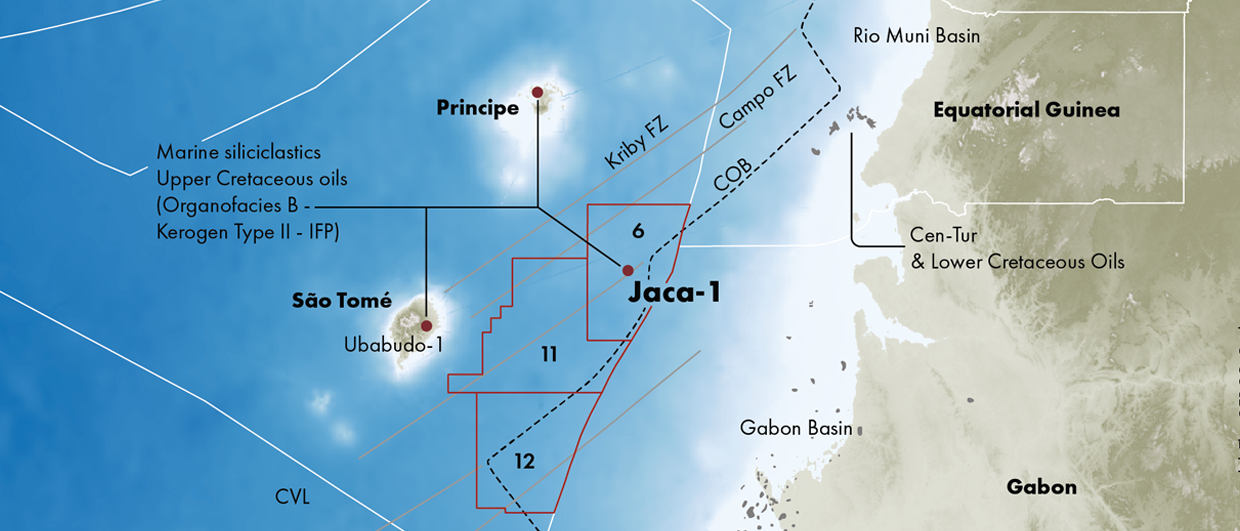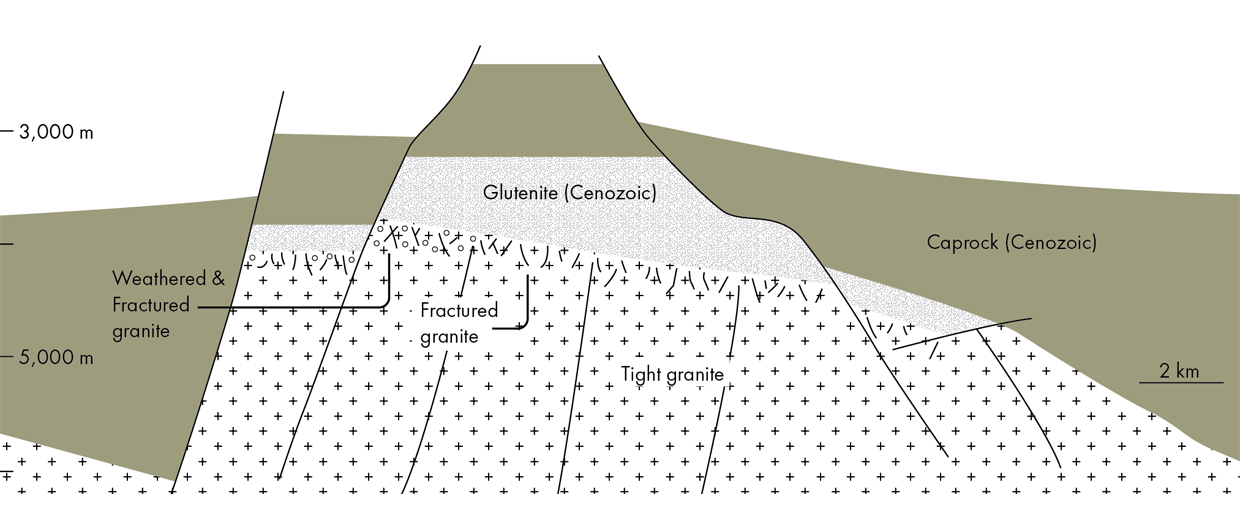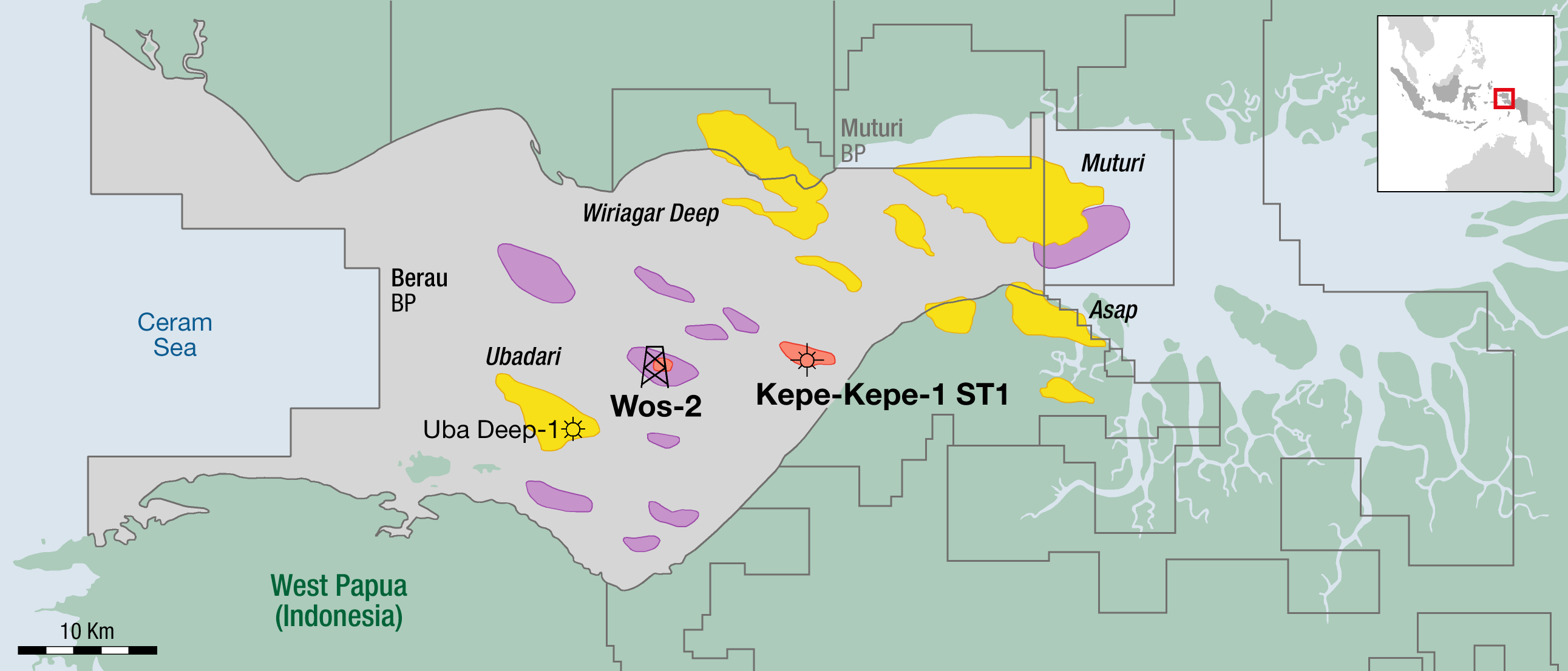The undrilled Harper Basin lies offshore Liberia between the Liberian-Sierra Leone Basin to the north, and the Ivorian/Tano Basin to the south-east. It covers approximately 20,000 km2, extending from shelf to basin floor and is an embayment formed between two transform ridges: Grand Cess to the north and Cape Palmas to the south. The geological structure and tectonic history of this basin is similar to that of adjacent ones. The Ivorian/Tano Basin is a proven oil producer that contains several large oil fields, including the Jubilee Field, while the Liberian Basin is still relatively early in the exploration cycle but has had several oil discoveries over the last five years. Hence the Harper Basin is considered to offer very good hydrocarbon prospectivity.
This Basin forms part of the West African Transform Margin and was initiated in the Mesozoic, during the opening of the central Atlantic and the break-up of Gondwanaland, with the development of an active rift system through the Aptian-Albian interval. The major phase of rifting ceased in the Mid Albian. A post-rift, drift phase from Upper Cretaceous to Recent times has resulted in general deepening of the basin. This has led to a major influx of sediment with the deposition of deepwater marine shales and large, turbiditic, sand-prone channel and fan-lobe systems, which extend from the midslope out to the basin floor.
The example 2D dip line shown here extends from the upper slope to the ultradeep and indicates the main features of the Harper Basin. Three main plays have been identified: syn-rift, Aptian-Albian structural traps, charged by early syn-rift lacustrine source rocks; Early post-rift, Late Albian-Cenomanian slope and basin floor fans, charged by either the syn-rift source or early, post-rift, marine shales; and Upper Cretaceous turbiditic channel systems, charged by Cenomanian-Turonian anoxic, deepwater, marine source rocks.
Interpretation of the existing 2D TGS dataset, combined with basin modelling studies, leads to a number of interesting conclusions. Syn-rift structural traps can be identified over much of the area, which offers multi-level prospectivity, and these form the primary target where the Upper Cretaceous overburden is thinner. Source rock maturity and expulsion post-dates the main tectonism in the basin, and seal presence is evident in West African Transform Margin analogues. Also, Cretaceous slope and basin floor fan systems demonstrating high amplitude character have been identified, some of which cover over 300 km2. Volumetric assessment of these features suggests field sizes over 1,000 MMbo in place could be present.
This area has not been licensed previously and the acreage will be included in the upcoming Liberia 2013 bid round, which will cover concession Blocks 1 to 5 and ultradeep Blocks 29 and 30.
The existing TGS 2D seismic regional data (approximately 5 km x 15 km grid) produced a large number of plays and leads and therefore a new multi-client 3D survey, called ‘Sunfish’, was initiated by TGS on 15 January, due to be completed by early July 2013. This acquisition of 7,800 km2 is being undertaken by the Polarcus Asima, towing 12 streamers, and will be processed by TGS, with PSTM volumes available before the opening of the bid round and PSDM volumes following soon after. Sunfish is supported by industry pre-funding and additional opportunities to pre-fund the project are still available.
A more extensive description of the hydrocarbon prospectivity of the Harper Basin will be published in the next edition of the GeoExpro App Edition in March 2013.





